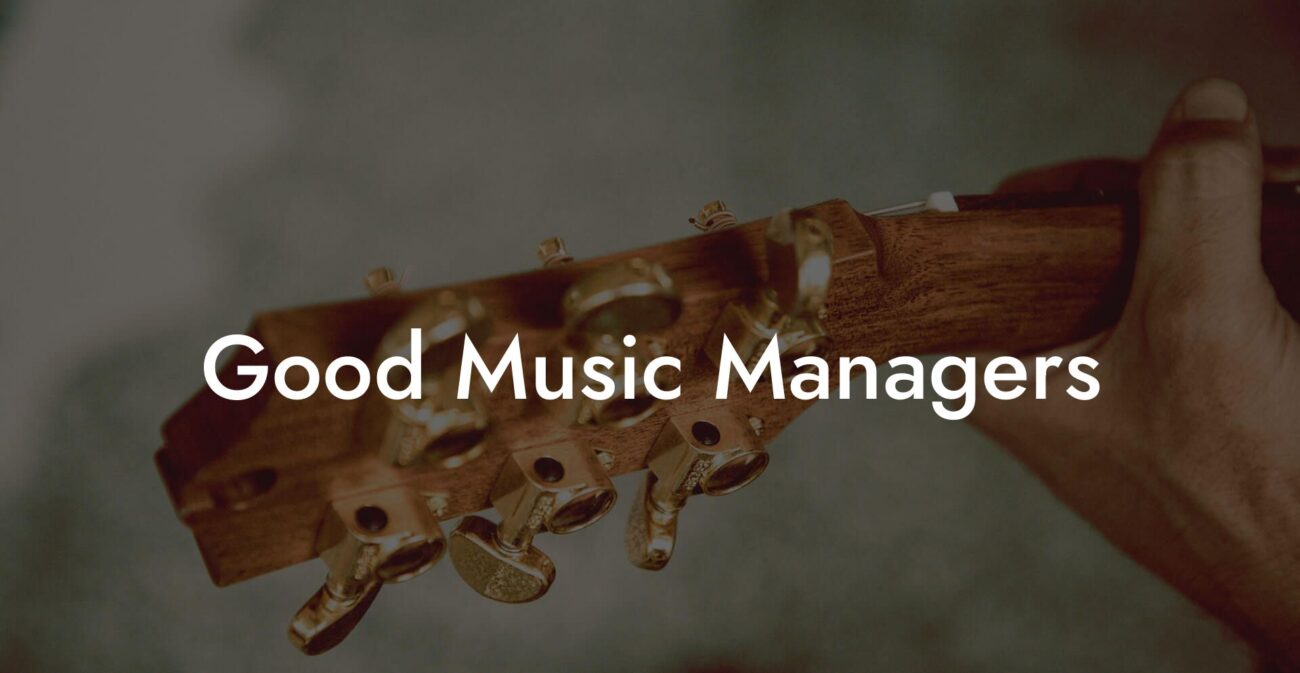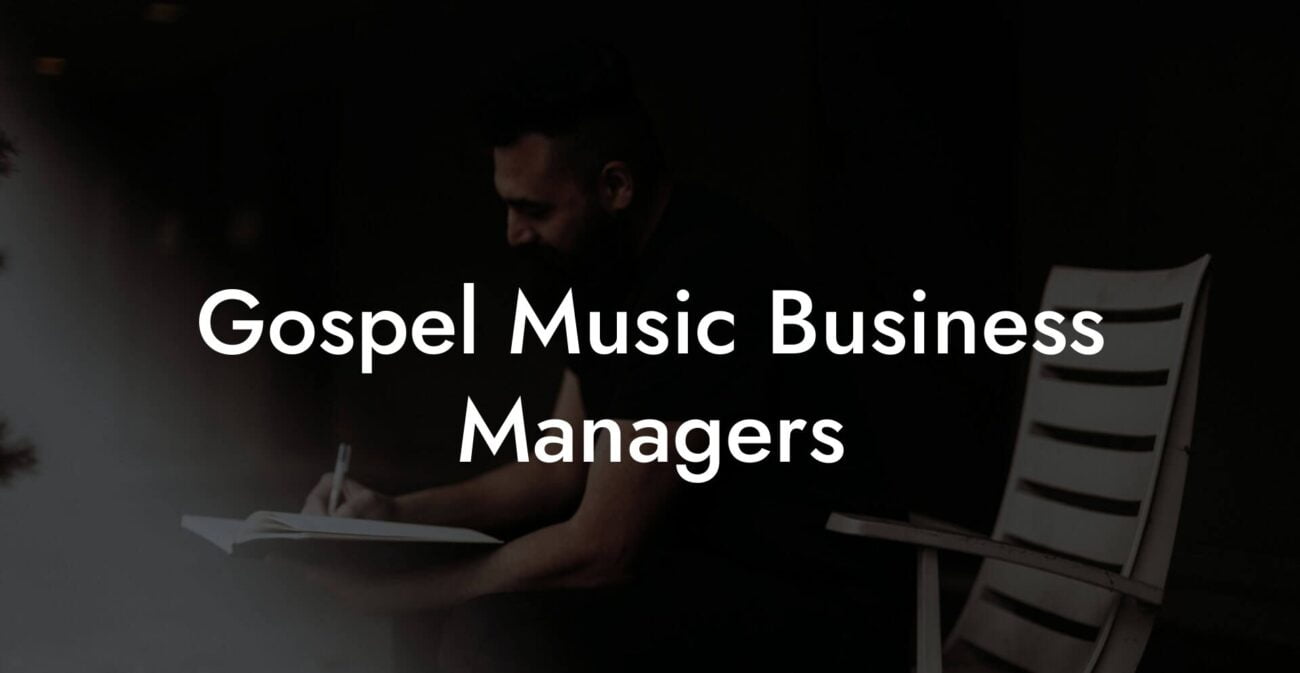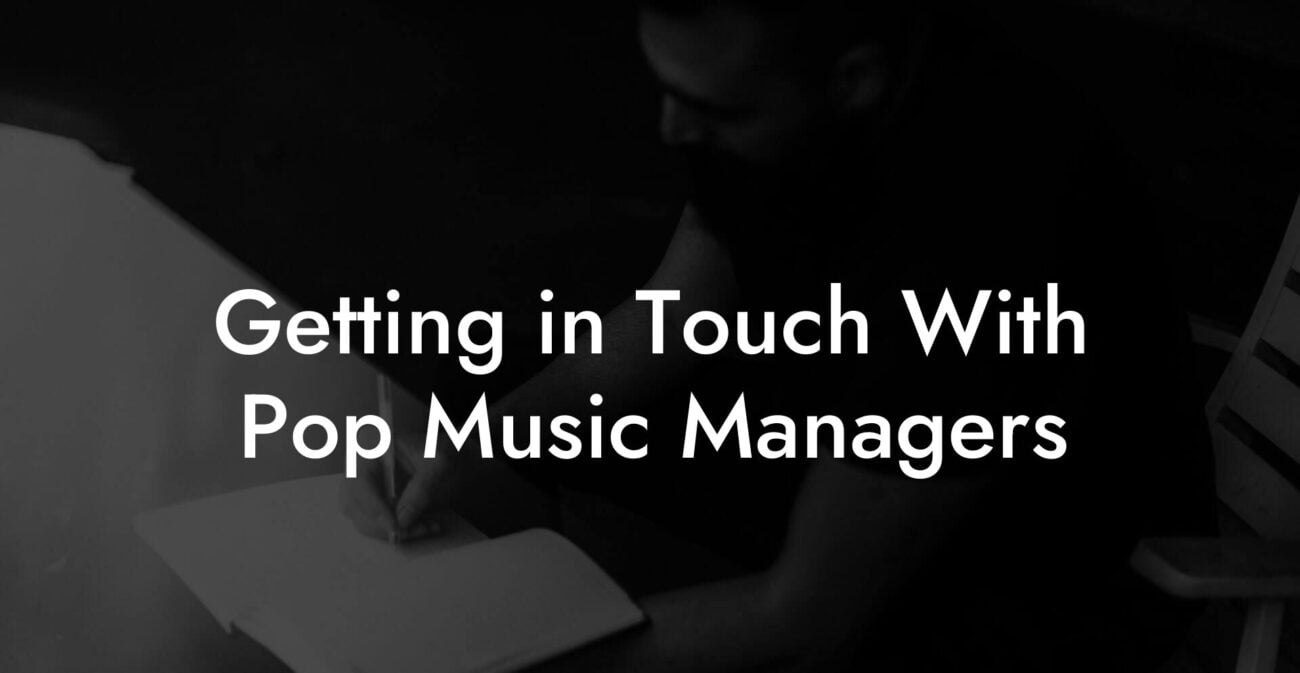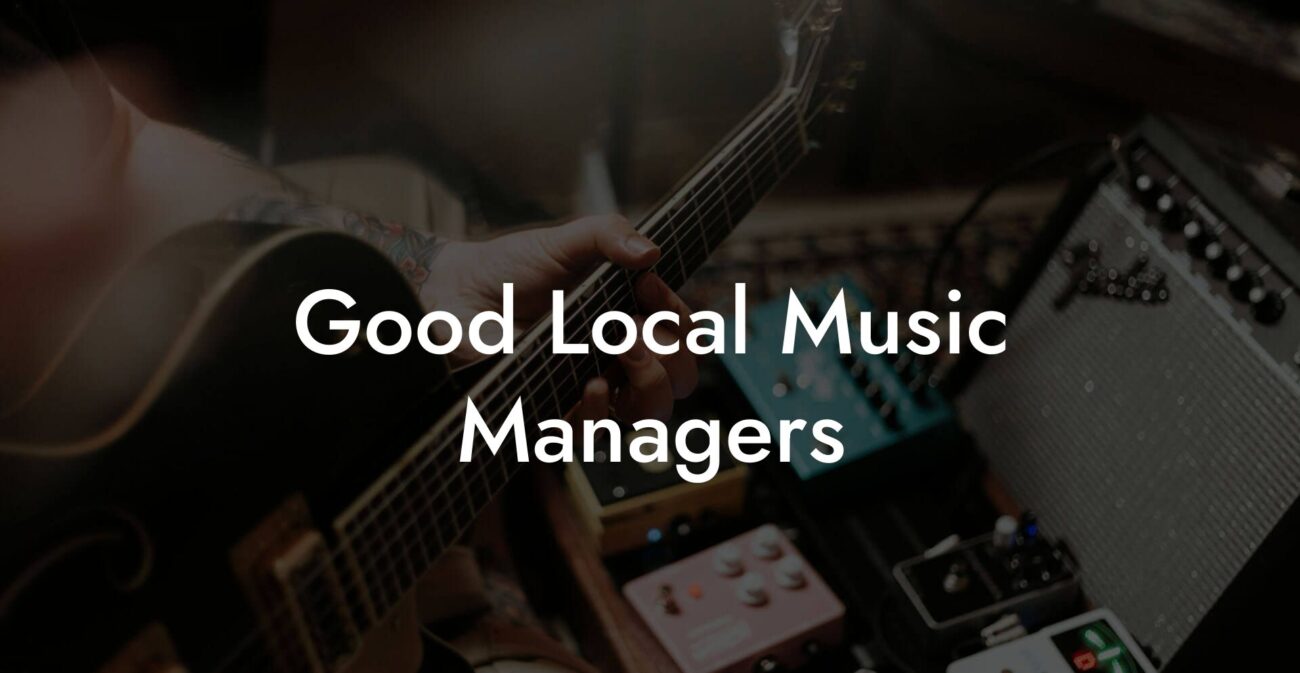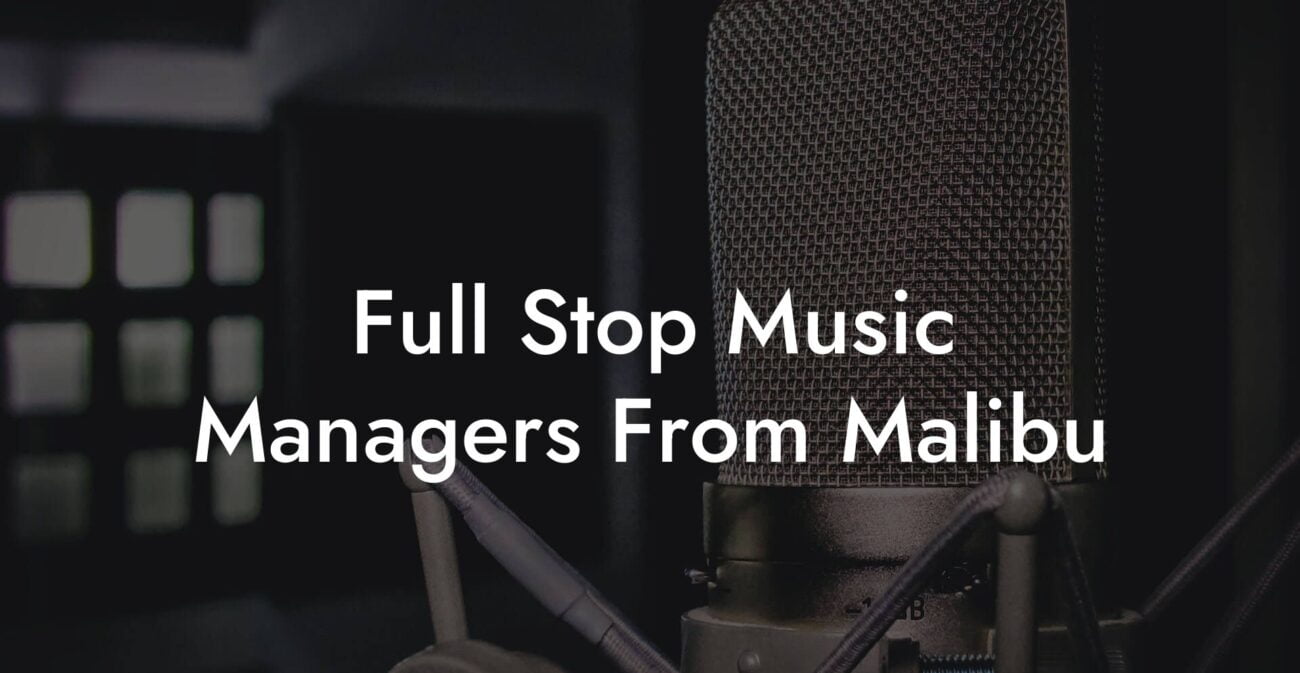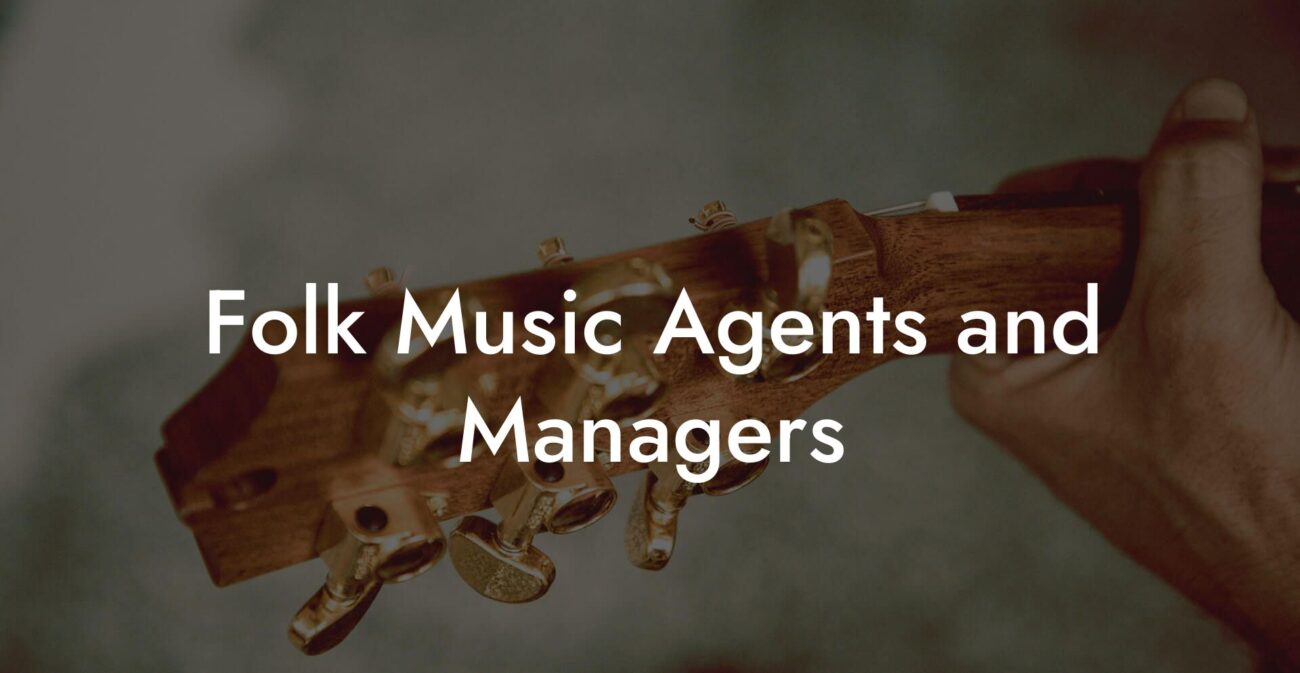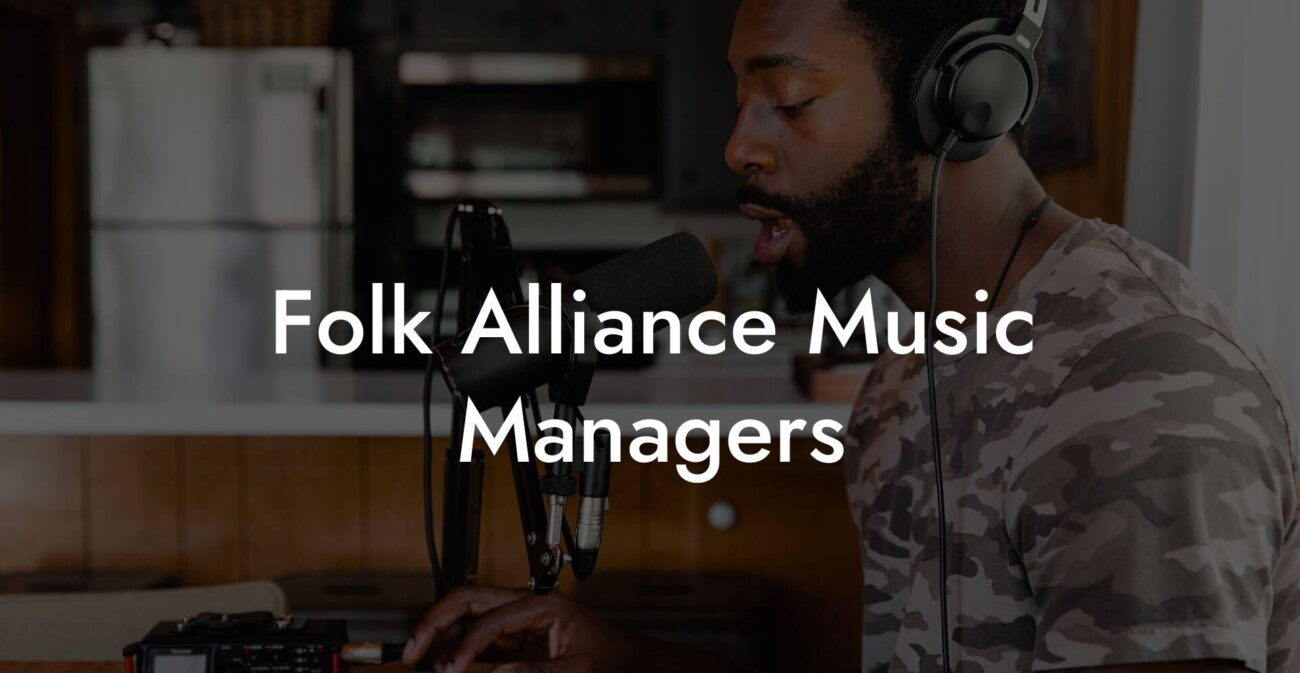Songwriting Advice
How To Construct A Song

Writing a song can feel like building a tiny emotional skyscraper with a paperclip and a glow stick. You have a vibe. You have an idea. You also have a brain that screams sometimes when you face a blank DAW screen. This guide is your blueprint. It gives practical sequences, real world scenarios, and exercises you can use today to go from idea to a release ready demo.
Quick Interruption: Ever wondered how huge artists end up fighting for their own songs? The answer is in the fine print. Learn the lines that protect you. Own your masters. Keep royalties. Keep playing shows without moving back in with Mom. Find out more →
Quick Interruption: Ever wondered how huge artists end up fighting for their own songs? The answer is in the fine print. Learn the lines that protect you. Own your masters. Keep royalties. Keep playing shows without moving back in with Mom. Find out more →
Quick Links to Useful Sections
- Why a Song Needs Construction More Than Inspiration
- Core Elements of a Song
- Step 1: Capture Your Idea Fast
- Tools for capturing ideas
- Idea tags
- Step 2: Pick a Core Promise
- Step 3: Choose a Structure That Serves the Promise
- Common song structures
- Step 4: Build a Beat and Temp
- Quick tempo guide
- Step 5: Melody First or Lyrics First Which to Choose
- Vowel pass method
- Lyric first method
- Step 6: Chords and Harmony That Support the Hook
- Practical harmony choices
- Step 7: Writing Verses That Show Not Tell
- Before and after example
- Step 8: Pre Chorus and Bridge Roles
- Step 9: Hooks and Earworms That Stick
- Hook checklist
- Step 10: Arrangement Basics
- Arrangement guidelines
- Step 11: Production Awareness for Writers
- Step 12: Melody Polishing Tips
- Step 13: Lyric Editing and the Crime Scene Edit
- Step 14: Demoing Your Song
- Demo priorities
- Step 15: Collaboration and Credits
- Step 16: Copyright and Registration Basics
- Step 17: Mastering the Art of Finish
- Finish checklist
- Step 18: Release Prep and Distribution
- Song Construction Templates You Can Steal
- Template A Pop Anthem
- Template B Intimate Ballad
- Exercises to Level Up Your Construction Skills
- The Two Minute Chorus Drill
- The Object Scene Drill
- The Prosody Test
- Common Mistakes Writers Make When Constructing Songs
- How To Know When a Song Is Truly Done
- Frequently Asked Questions
- Action Plan You Can Use Tonight
Everything here is written for artists who want results fast. We will cover idea capture, structure, lyrics, melody, harmony, arrangement, production awareness, collaboration, legal basics, metadata, and finishing steps. We will explain terms like DAW which stands for digital audio workstation, BPM which is beats per minute, and MIDI which is a way for instruments and computers to talk. You will also get templates for song maps and playlists to keep your workflow moving.
Why a Song Needs Construction More Than Inspiration
Inspiration gets the job started. Construction gets the job finished. A top line idea can be brilliant for five minutes and then evaporate into a sad guitar noodle. Song construction gives that idea a chassis. You give it form, story, and a plan so it can survive a car ride, a late night session, and a streaming algorithm.
Think of construction like color coding in a closet. The better the organization the faster you can find the mood you want. A song that is built will show you where to add tension, where to let the listener breathe, and where to throw in something outrageous so people remember you.
Core Elements of a Song
- Idea or hook a short memorable concept or melody that carries the song
- Structure how the song is arranged in sections like verse and chorus
- Lyrics the words and storytelling
- Melody the tune people hum in the shower
- Harmony the chords and progressions that color the melody
- Rhythm the groove and tempo, often measured in BPM
- Arrangement how instruments are placed over time
- Production sonic choices that give the song personality
- Metadata and legal song titles, splits, credits, and copyright basics
Step 1: Capture Your Idea Fast
Ideas vanish. You know this. The phone buzz distracts and the thought is gone like the last slice of pizza. Use a capture system and treat it like oxygen. Here are simple methods.
Tools for capturing ideas
- Phone voice memo app for humming a melody or saying a line
- Notes app for lyrics and quick title candidates
- DAW session template for a quick loop
- Small Moleskine or paper when you want to scribble images
Real life scenario
You are on a late night walk and you hear a smell that takes you back to some awful summer family reunion. You open voice memo and hum a two bar melody, then whisper the line that popped into your head. Later you will load that memo into your DAW and the scent memory will be the spine for your chorus.
Idea tags
When you record something label it with three tags. For example: mood, instrument, and lyric seed. Tagging helps when you return months later and need to find the bar of something you loved. Tags could be things like angry pop, guitar loop, midnight text, or revenge chorus. Keep tags short and obvious.
Step 2: Pick a Core Promise
Every good song makes one promise to the listener. The promise is the emotional idea you will repeat and explore. It might be a sentence like I will not wait for you anymore or Tonight I am unbothered. This promise becomes your chorus and the anchor for verses and bridge. Write it as one text message that you would send to your ex. If it reads dramatic or petty that is fine. Honesty sells.
Real life scenario
You are writing after a breakup and you are equal parts petty and elegant. Your core promise reads I will not check your socials at midnight. That line becomes the chorus and everything in the verses gives reasons that are small and vivid enough to be true.
Step 3: Choose a Structure That Serves the Promise
Structure is the scaffolding. Choose one and stick to it for a demo. The simplest structures are fast and get you to a hook quickly.
Common song structures
- Verse Pre Chorus Chorus Verse Pre Chorus Chorus Bridge Chorus
- Intro Verse Chorus Verse Chorus Bridge Chorus
- Intro Hook Verse Chorus Verse Chorus Outro
- Verse Chorus Verse Chorus Bridge Chorus
Why structures matter
Structure determines where your listener feels tension and release. The chorus is payoff. The pre chorus builds urgency. The bridge gives a new angle or a twist. Choose a structure that delivers your promise by the first chorus. If your hook does not arrive early you risk losing attention in the streaming era.
Step 4: Build a Beat and Temp
Tempo and rhythm set the body language of your song. Fast tempos feel urgent and often make the lyrics feel minor, slower tempos feel intimate and let details breathe. BPM stands for beats per minute. Play with a tempo until the mood feels right.
Quick tempo guide
- 60 to 80 BPM for ballads and intimate songs
- 90 to 110 BPM for mid tempo pop and R and B
- 120 to 130 BPM for dance and upbeat pop
Real life scenario
You have a revenge chorus line that reads I will not call you. Try it at 70 BPM and at 100 BPM. At 70 BPM it feels cool and resolved. At 100 BPM it feels angry and frustrated. The feeling you want will determine the BPM. Choose one and commit. You can always later create an alternate tempo version for performance.
Step 5: Melody First or Lyrics First Which to Choose
There is no wrong order. Many writers prefer to sing vowels over a loop to find a melody. This is called a vowel pass. Others prefer to write a lyric hook first. Use both approaches depending on what you have that day.
Vowel pass method
- Make a short two or four bar loop.
- Sing on vowels like la la or oh oh over it for two minutes.
- Record and mark the moments that feel repeatable.
- Place a short phrase on the best moment.
Lyric first method
- Write a short chorus line or title that states the promise.
- Speak it out loud and find natural emphasis.
- Compose a melody that matches the stress pattern of the words.
Prosody explained
Prosody is how the natural stress of words aligns with musical beats. If you put a weakly stressed syllable on a heavy beat the line will feel off even if the melody is catchy. Always say lines at normal speaking speed before setting them to melody.
Step 6: Chords and Harmony That Support the Hook
Harmony gives mood. You do not need a complex theory degree. A few options will cover most needs.
Practical harmony choices
- Four chord loop is your friend. It offers stability and lets the melody shine
- Use a relative minor to add sadness without changing the melody dramatically
- Borrow one chord from the parallel key to create a lift into the chorus
Example progressions
Key of C major common loop C G Am F. That loop supports pop melodies and gives space for lyric detail. If you want to darken it, try C Em Am F which introduces a minor feel through the Em.
Step 7: Writing Verses That Show Not Tell
Verses are where you earn the chorus. Use tiny details and actions. Imagine a short film of sixty seconds. Verses should be camera shots not essays.
Before and after example
Before I feel sad without you.
After The kettle clicks twice and I put the mug in the sink to make room for your photo. That line gives an image and implies sadness without naming it.
Three verse rules
- Give place and time crumbs. Mention noon, cheap diner, or the one red shoe.
- Use action verbs. Move the story forward with something happening.
- Keep meter consistent so the melody has room to breathe.
Step 8: Pre Chorus and Bridge Roles
The pre chorus exists to create the physical need for a chorus. It can be rhythmic, lyrical, or both. Short words and rising melody work well. The bridge gives a new perspective. It can reveal a secret, flip the expectation, or bring a vocal turn that the chorus then answers.
Real life scenario
Your chorus says I will not call. In the bridge you admit I still know your ringtone. That admission flips the energy and lets the chorus in the final section feel more complicated.
Step 9: Hooks and Earworms That Stick
A hook can be melodic, lyrical, rhythmic, or a sound. The goal is repetition and simplicity. Keep hooks short and easy to sing. Use a ring phrase which repeats the title at the start and end of the chorus. Use a post chorus tag for a chant or an onomatopoeic sound if you want a social media friendly earworm.
Hook checklist
- Short phrase under five words for easy memory
- Placed on strong beats or sustained notes
- Repeatable without context
- Catchy vowel sounds that are easy to sing
Step 10: Arrangement Basics
Arrangement is how you place instruments and vocal layers through time. Think of it like stagecraft. You remove and add elements to direct attention.
Arrangement guidelines
- Intro should give identity. Use a motif that returns later
- Keep verse textures sparse so the chorus hits harder
- Introduce one new element per chorus to increase intensity
- Leave space before the chorus for impact. Silence can be musical
Real life scenario
You want the chorus to sound huge. In verses you use a single guitar and vocal. On the first chorus you add drums and bass. On the final chorus you add harmony vocals and a synth pad. The chorus feels bigger because you made it bigger gradually.
Step 11: Production Awareness for Writers
You do not have to be a producer to write with production in mind. Small choices in the writing phase save time later.
- Leave room for percussion hits. Avoid packing lyrics into places you want open space
- Think about frequency. If you plan a bass heavy chorus avoid busy low notes in the vocal arrangement
- Consider a signature sound. A vocal chop or a guitar motif can be your track identity
Step 12: Melody Polishing Tips
Melody improvements happen with small moves.
- Raise the chorus a third or fifth above the verse for lift
- Use a leap into the title note then resolve with stepwise motion
- Keep the most singable interval on the repeated hook
- Test melodies on a phone speaker. If it survives a tiny speaker it often survives a playlist
Step 13: Lyric Editing and the Crime Scene Edit
Run ruthless edits. Remove anything that explains the emotion directly. Replace abstractions with objects and small actions. The crime scene edit is a cold pass where you remove every line that uses mood words like sad, happy, or angry. Replace them with images.
- Underline abstract words and replace them with concrete details
- Add a time crumb or a place crumb where possible
- Swap being verbs for action verbs
- Delete first lines that explain rather than show
Step 14: Demoing Your Song
A demo is a version you send to collaborators, labels, and playlist curators. It does not need to be a final production. It does need to communicate the song clearly.
Demo priorities
- Strong vocal takes for verse and chorus
- Clear hook in the first minute
- Sparse but effective arrangement so structure is obvious
- Tempo labeled and song key included in filename
Filename example
ArtistName SongTitle BPM Key.mp3
Step 15: Collaboration and Credits
Songwriting is often collaborative. Use a split sheet to document who wrote what and how royalties will be split. A split sheet is a simple document that lists songwriters and the percentage of ownership. If you do not sort splits early you will regret it when the song earns money.
Real life scenario
You wrote the chorus and your friend wrote the verse. You both agree to 50 50 splits. Put it in writing with names, signatures, and the date. Upload the split info to your performance rights organization later when you register the song. Performance rights organization is often abbreviated as PRO. Examples include ASCAP, BMI, and SESAC in the United States. They collect performance royalties when your song is played on radio, TV, or public spaces.
Step 16: Copyright and Registration Basics
Copyright exists from the moment you fix the song in a recorded or written form. Still register your copyright in your country to make enforcement easier. In the United States you can register with the U S Copyright Office. Registration gives you legal advantages if disputes arise.
Metadata matters
Add songwriter names, composer names, publisher name, and accurate songwriter splits to the metadata before you upload to distribution platforms. Wrong metadata means lost payments and angry messages later.
Step 17: Mastering the Art of Finish
Finishing is choosing to stop. Perfect is not real. Set clear finish criteria. If the chorus is locked, the lyric delivers the promise, and the demo communicates the song to a listener who has never heard you, you are finished enough for the next step.
Finish checklist
- Title is clear and repeatable
- Hook appears in the first minute
- Song length matches intent for streaming or radio
- Demo is mixed well enough that structure and melody are clear
Step 18: Release Prep and Distribution
When you are ready to release, choose a distributor like DistroKid, TuneCore, or CD Baby if you plan to distribute to streaming platforms. Check their pricing and payout schedules. Plan a release date and prepare assets like cover art, a short bio, and a lyric sheet for social posts.
Social media tips
- Create short clips of the hook for platforms like TikTok
- Make a vertical video with a strong visual for the first 15 seconds
- Use captions so the hook is readable and shareable
Song Construction Templates You Can Steal
Template A Pop Anthem
- Intro hook 4 bars
- Verse 1 8 bars
- Pre chorus 4 bars
- Chorus 8 bars
- Verse 2 8 bars
- Pre chorus 4 bars
- Chorus 8 bars
- Bridge 8 bars
- Final chorus 16 bars with extra harmony
- Outro hook 4 bars
Template B Intimate Ballad
- Intro piano motif 4 bars
- Verse 1 8 bars
- Chorus 8 bars
- Verse 2 8 bars
- Bridge 8 bars
- Final chorus 8 bars with key lift
- Soft outro 4 bars
Exercises to Level Up Your Construction Skills
The Two Minute Chorus Drill
- Set a timer for two minutes and loop two chords
- Improvise melodies on vowels until you find a gesture
- Write one short chorus line and repeat it three times
- Stop and record. That is a chorus draft
The Object Scene Drill
- Pick one object near you
- Write four lines where that object does an action or reveals a memory
- Use one line as a verse detail and one as a pre chorus bridge
The Prosody Test
- Speak every line out loud at normal speed
- Mark the stressed syllables
- Make sure stressed syllables land on strong beats in the melody
Common Mistakes Writers Make When Constructing Songs
- Too many ideas. Fix by narrowing to one core promise
- Hiding the hook. Fix by bringing the chorus or title earlier
- Relying on clichés. Fix by swapping abstract words for specific objects
- Ignoring prosody. Fix by speaking lines before composing melody
- Starting production too early. Fix by locking the song structure and melody first
How To Know When a Song Is Truly Done
You will know the song is done when test listeners consistently name the same line as the hook and when you can play the song stripped down and it still holds up. If the song survives a voice and guitar performance it usually survives a studio session. The goal of construction is to make the song work across formats and not to drown it in options.
Frequently Asked Questions
How long should a song be
Most modern songs land between two minutes and four minutes. Radio and streaming favor shorter songs but the rule is feel not clock. If your song needs extra bar for a bridge do it. The important thing is momentum. Deliver the hook early and keep contrast so the listener engages throughout.
Should I write with a producer or alone
Both ways work. Writing alone is fast and private. Writing with a producer can give instant production perspective and speed up demo quality. If you work with a producer agree on goals before the session. Bring a clear core promise and be open to changes during the process.
What is a topline
A topline is a melody and its lyrics sung over an instrumental track. Some writers create the topline on a finished beat. Others write it over a simple loop. If you are not sure start with a topline demo which communicates the melody and hook clearly.
Do I need to register my song with a performance rights organization
Yes if you want to collect performance royalties. Register song and splits with your local PRO. That way when your song is played on radio, in a café, or streamed, the PRO can collect and distribute the money back to you and your co writers.
How do I split songwriting credits
Open conversation early saves grief. Decide percentages based on contributions and put them in writing on a split sheet. Upload split info when registering the song. If you do not decide, some platforms may assign equal splits which might not be fair if one person wrote the chorus and a second person wrote the rest.
Action Plan You Can Use Tonight
- Capture one raw idea in a voice memo
- Write one sentence that states the core promise
- Pick a structure and map the sections on a single page
- Create a two chord loop and do a two minute vowel pass
- Draft a chorus and one verse with concrete images
- Make a simple demo and file a split sheet if you worked with someone
- Register the demo with your PRO and add metadata to the file


